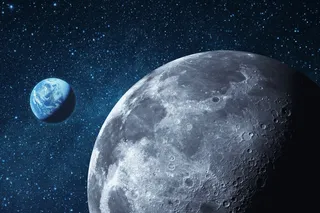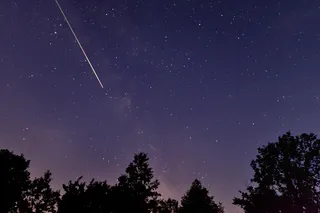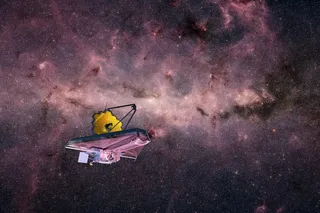It is a truth universally acknowledged that, among the world-class theoretical physicists of our time, the one with the most entertaining web page is Gerard 't Hooft. (Even though he would be annoyed to see that Wordpress refuses to display the apostrophe in his name correctly.) See for example the Constitution for 9491 Thooft, an asteroid that was named in his honor. Sounds like a place I would like to visit, once the hotel situation has advanced a bit. I'm mentioning it because I was struck by this succinct answer to the question, "Will the Higgs be found?" Nothing especially newsworthy, I just enjoyed the spirit of the reply.
More and more frequently, I receive letters and mails from wise people outside physics, telling me that "they know" that the Higgs will not be found, that our theories are baloney, how dare we spend billions of public funds to build machines such as LHC, "to prove, against better judgment, that our theories still stand a chance of being correct", and so on. Well, lads, I am not going to answer all of you in person. What you have in common is a blissful ignorance of the scientific facts concerning the Standard Model. Fact is that the W+, W- and the Z boson each carry three spin degrees of freedom, whereas the Yang-Mills field quanta, which describe their interactions correctly in great detail, each carry only two. Those remaining modes come from the Higgs field. What this means is that three quarters of the field of the Higgs have already been found. The fourth is still missing, and if you calculate its properties, it is also clear why it is missing: it is hiding in the form of a particle that is difficult to detect. LHC will have to work for several years before it stands a chance to see the statistical signals of this Higgs particle. What compounds the matter even more is that there may well be several sets of Higgs fields. If there are two, which is eight quarters of the field, we will get five Higgses rather than one. This would be a quite realistic possibility but it would make the detection of each one of them even harder, because they cause more complex statistical signals that are more difficult to predict.
Recently, Dvali, Giudice, Gomez and Kahagias proposed an extremely clever way to get around the need for an explicit Higgs particle, involving extended non-perturbative states they call "classicalons." This isn't the kind of thing 't Hooft is objecting to -- these are wise people inside physics! My money is still on finding the Higgs, but it's always good to know what the options are.













